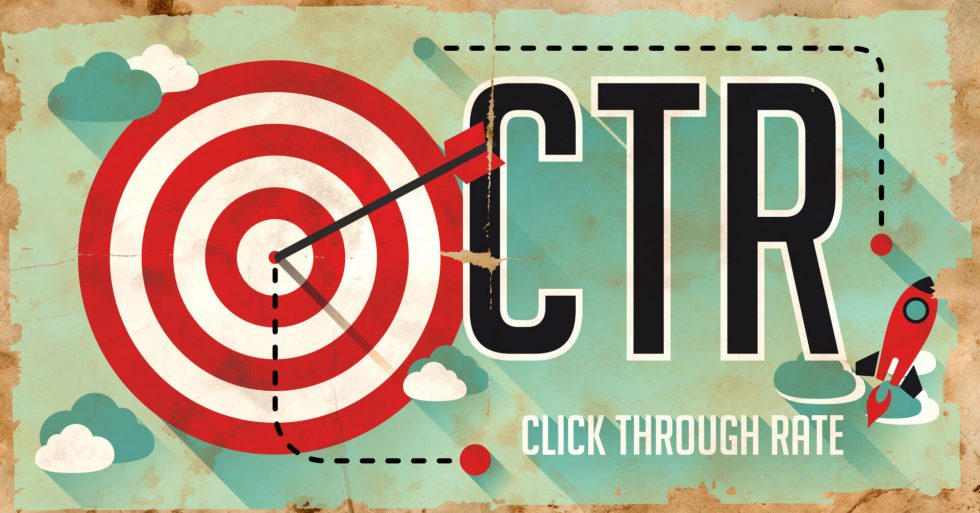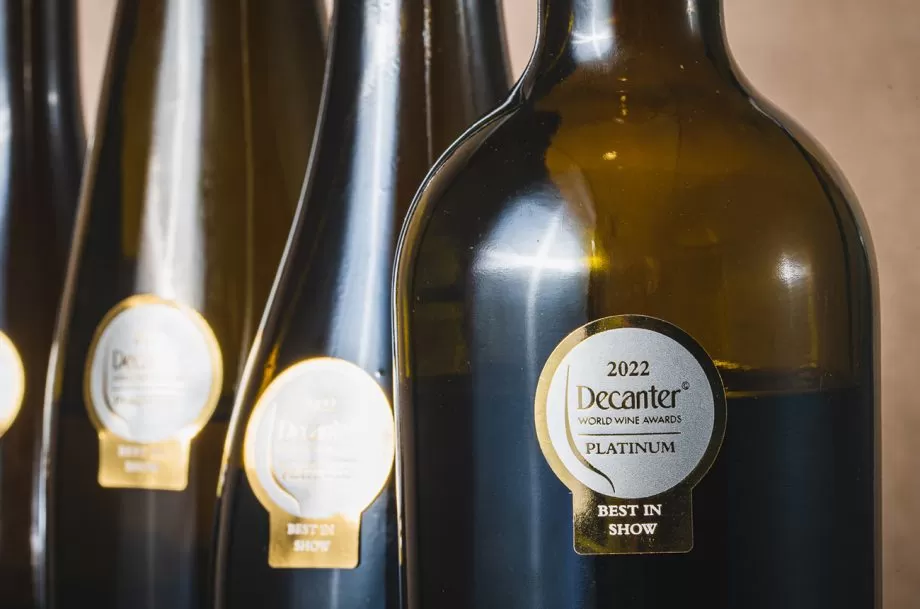Selling Wine DTC heralds an industry shift. Until COVID the wine buying experience generally didn’t translate well to digital – online wine sales accounted for a meager 2% of the overall wine sales globally.
As it turns out, we weren’t willing to put the wine glass down. With quarantine restrictions, at-home consumption began booming. The primary established channels of buying wines underwent a tectonic shift becoming, at times, almost entirely digital experiences.
Online wine sales soared last year, with $423 million spent and 291% annual growth.
Interestingly, many of these sales came directly from wineries, with direct-to-consumer (DTC) sales surging. Wine lovers spent $222 million more this year on DTC wine compared to last year.
Wine DTC: Experience matters
Vineyards and wine retailers are known as brilliant marketers, capturing the essence of wine’s joie de vivre as they conjure up images of bucolic landscapes and romantic interludes. Quarantine, however, demanded more in the way of experience.
Without the physical aspects of the wine influencing initial purchases, market-leading wine retailers reimagined the digital wine buying journey. Given wine’s low e-commerce penetration, this has tapped a massive opportunity, which was simply waiting to be unlocked.
Today, wine industry growth is largely from direct-to-consumer (DTC) digital commerce. Within this category, experience-based innovation has been infused into the tried-and-true drivers of revenue:
1. Personalisation
2. Brand belonging
3. Friction-free buying journeys
Personalisation leads to premiumisation
With different and distinct segments of wine buyers come unique buying behaviours, varying price sensitivities, and differing loyalties. Data-driven personalisation ensures a highly differentiated experience for each buyer group to increase conversions and purchase frequency. It can also entice consumers to be less price driven in their purchases.
If fact, personalization may involve premiumisation – especially with younger, more impulsive customers.
Wine businesses have succeeded in profitably by taking the wine journey online, using digital experiences to truly engage customers and build trust.
Fine Wine Delivery Company, for example, uses IBM Watson’s natural language processing and predictive analytic capabilities to help their customers choose the most appropriate wine for specific occasions.
Winc, a wine club, personalises the wine-selection process. Selections are based on answers to a Palate Profile Quiz and then delivered straight to wine aficionado’s front door.
Brand belonging and connections
We all know wine to be the quintessential social lubricant. It inspires conversations, promotes social bonding, and is the perfect relaxing counterpoint to the stress of everyday life.
By leveraging AI and sophisticated data analytics, wine retailers can uncover intelligent insights that allow for this connectedness in a contactless environment. Recommendations are part of the in-person wine experience and even more so in the digital wine world.
Cheers to fast and friction-free buying journeys
A slick website isn’t enough for wine retailers. Instead, they must view experience as a dynamic state which evolves with customer needs and desires. Friction in the wine experience has traditionally been the long lead time between purchase and delivery.
Experience management supported by rich analytics has helped wine retailers gain the insights to address this. Near real-time delivery provides the instant gratification that translates very profitably for the wine industry, as it has for Drizly.
Drizly is an alcohol marketplace for liquor retailers and their customers. Referred to as the “Uber for alcohol,” this ecommerce platform allows users to conveniently order wine, beer, or spirits from local retailers, then have them delivered to wherever they are, instantly.
Wine DTC: Keep up with evolving customer needs
We should keep in mind, however, that online wine sales are skyrocketing – in part – because consumers don’t have the same channel choices they enjoyed not that long ago. Wine businesses must relentlessly evaluate the wine experience to ensure that it’s robust and compelling rather than simply being the best of least desirable options.
Human-centric experience design has emerged as the critical success factor for wine ecommerce. It’s the most important driver in exponential business growth and innovation for this industry.
With the wine buying experience optimised, digital channels and DTC models of wine retailing growth trends should continue long after the travails of recent times have ceased. Newer technologies – AR/VR, Blockchain, and IoT – will be increasingly harnessed to enhance or create unique experiences.
Since some of the new consumer behaviors will be more elastic than others, it will serve all distributors and manufacturers to move from merely reacting to customer behaviours to shaping behaviours so that the online wine growth trend continues.
The wine industry needs to continue the pivot from merely provisioning wine
to provisioning a highly personalised wine experience.
However, the wine retailers who focus on understanding the evolving needs of their customers will emerge as industry leaders. They’ll continually reinvent the wine buying experience to reflect the customer mood, which will continue fueling growth via digital commerce.
Artificial Intelligence acts as a digital sommelier, and is the key element to the success we deliver. It facilitates the personalisation of product selection on a personal level. The consumer’s own unique wine preferences, using individual impressions and purchase history. Wine company’s are often slaves to their own mistakes, and automising prevents errors and omissions.




